Experiencing ignition switch problems in your Can-Am Defender can be quite frustrating, especially when you’re eager to hit the trails. Your UTV is built to conquer rough terrains and adventures, but when the ignition switch acts up, it can leave you stranded before the fun begins. The ignition switch is a critical component that initiates your vehicle’s electrical system and ultimately starts the engine. When there’s a failure, you might find your dash going dead, the starter not cranking, or even the engine not turning over despite a turned key.
Related reads:
– Can-am Defender Clutch Problems: Tips, Tricks, and More
– Can-am Defender Front Differential Problems (+Fixes)
– Can-Am Defender Electric Window Problems: Tips, Tricks +More
– Can-Am Defender AC Problems: Common Issues and Solutions
– Can-Am Defender Power Steering Problems: Causes (+Fixes)
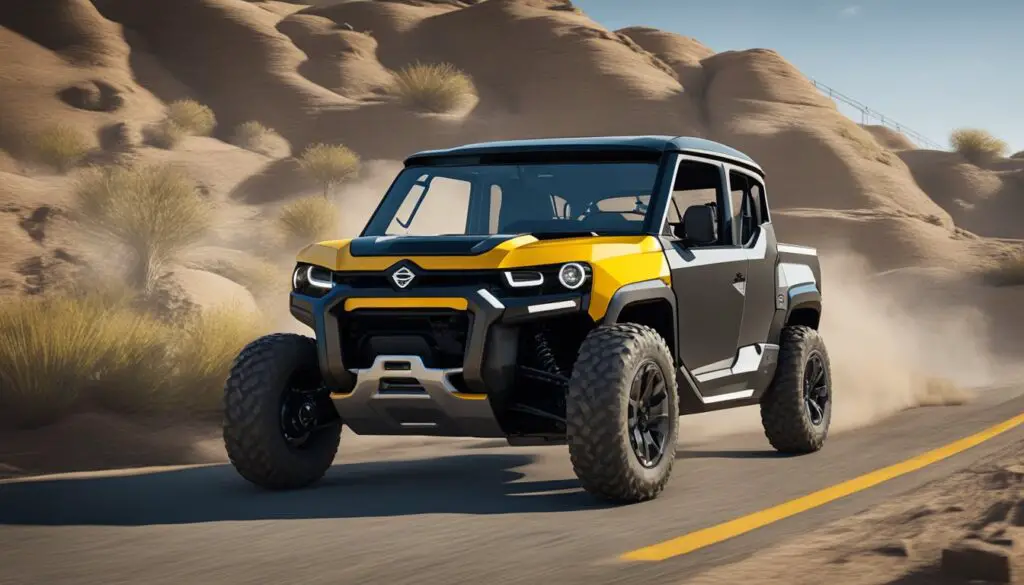
Common problems with the ignition switch in Can-Am Defenders include loss of power to the starter or dashboard, flickering dashboard lights or front lights, and at times, the need to jiggle the key to get a response. These issues can stem from a variety of causes like a worn-out key, a faulty switch, or even electrical gremlins within the wiring. It’s essential to diagnose the issue accurately as fixing it can be as simple as using a contact cleaner on the switch or as complex as having to replace the switch entirely.
Remember, your Can-Am Defender is a complex machine, but ignition switch problems, while annoying, are usually solvable. Whether you’re a hands-on DIY enthusiast or prefer professional assistance, addressing the issue promptly will ensure you get back to riding with confidence and safety. Always make sure that any troubleshooting or replacements are done with care to avoid damage to your vehicle’s electrical system or warranty.
Understanding the Can-Am Defender Ignition System
Your Can-Am Defender’s ignition system is a pivotal component that starts your engine with a turn of a key or push of a button. Below we’ll explore the critical elements and functionalities that ensure your off-road adventures begin with a smooth start.
Components of the Ignition System
The ignition system of your Can-Am Defender is not just one part, but a symphony of components working together. At the heart of it is the ignition switch, which you interact with directly. The system also includes wires that connect the switch to the battery and the ECU (Engine Control Unit), essential for managing the engine. Proper wiring ensures that electrical signals are transmitted accurately and efficiently throughout the system.
- Battery: Powers the ignition system
- Ignition Switch: The component you use to initiate the engine’s starting process
- Wires: Create the pathways for electric current throughout the system
- ECU: Interprets the ignition switch signals to manage engine start-up
Role of the Ignition Switch
Your Can-Am Defender’s ignition switch is more than a mere keyhole. When you insert the key and turn it, you’re closing an electrical circuit that signals the battery to send voltage through the ignition system’s wires. This action is the first step in a sequence that eventually leads to the engine coming to life.
Connection with the ECU
The ECU is your Defender’s brain, interpreting inputs from the ignition switch to manage the start-up and operation of the engine. It receives a signal when you turn the ignition switch, engaging a complex communication network via the wiring. Without this crucial conversation between the switch and the ECU, managed through meticulously arranged wiring, your vehicle wouldn’t start as expected.
Starting Your Defender: Troubleshooting Starting Issues
If your Can-Am Defender is facing starting issues, it could be due to a number of factors. It’s important to identify the symptoms correctly and diagnose the root cause to get back on the trails as quickly as possible.
Typical Symptoms of a Faulty Ignition Switch
A faulty ignition switch can present several distinctive symptoms:
- Difficulty in turning the key: If your key doesn’t turn smoothly or if you need to wiggle it to start the engine, it might signal an issue with the ignition switch.
- Intermittent starting: Your Defender might start sometimes and not others, indicating potential wear-out or internal damage in the switch.
- Starter motor silence or clicking noise: You turn the key and hear silence or a clicking sound instead of the engine roaring to life, suggesting the ignition switch isn’t engaging the starter motor properly.
Diagnosing Starting Problems
To diagnose starting problems in your Can-Am Defender, follow a systematic approach:
- Check the battery: Ensure it’s fully charged. A voltage check should give you around 12.6 volts for a full charge.
- Inspect spark plugs: Remove and examine the spark plugs for wear or fouling. A dark, sooty plug may indicate a rich mixture or weak spark.
- Examine the starter motor: Listen for a clicking noise when you attempt to start the engine. A click with no engine movement typically points to a starter motor issue.
- Ignition switch test: Jiggle the key while in the ignition. If the engine starts inconsistently, this could be due to a loose connection or worn ignition switch.
Diagnosing starting issues promptly can help maintain the reliability of your Can-Am Defender and ensure you’re ready for any adventure.
Electrical Challenges: Wiring and Battery Complications
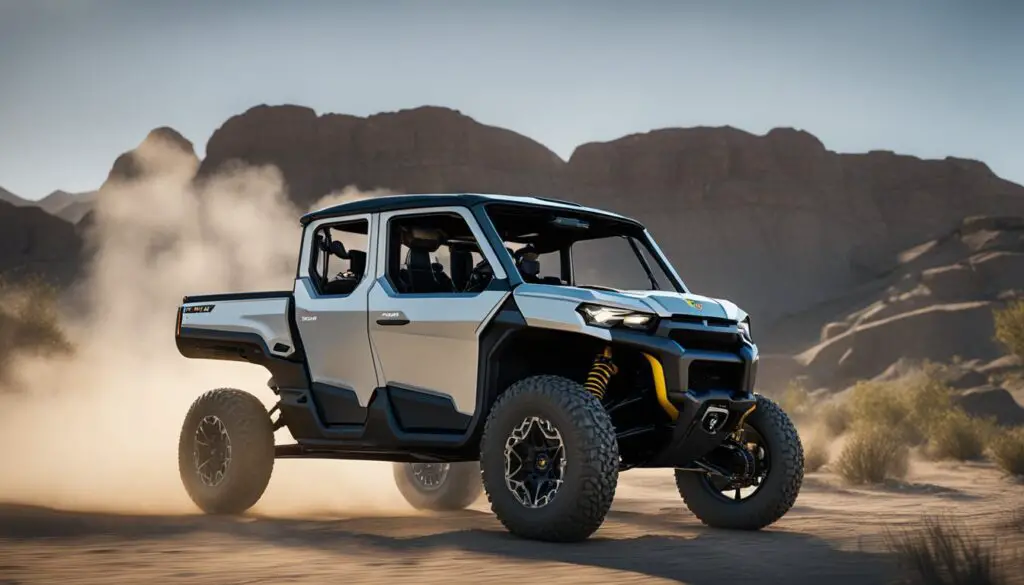
Your Can-Am Defender is a robust machine, but like any vehicle, it’s not immune to electrical challenges. Focusing on battery health and wiring integrity can prevent common issues such as power loss and ignition failures.
Battery Health and Maintenance
Your vehicle’s battery is the powerhouse for starting your Defender and running electrical systems. Regularly checking the voltage with a multimeter ensures it’s holding a proper charge. Battery maintenance includes:
- Ensuring your battery is fully charged, especially after prolonged storage.
- Inspecting for any signs of wear or damage that might indicate it’s time for a replacement.
Dealing with Corrosion and Loose Connections
Corroded terminals and loose connections can lead to erratic electrical performance. To maintain solid electrical connections:
- Clean battery terminals and connectors with a brush to remove corrosion.
- Check connection points, especially at the fuse box, to make sure they’re tight and secure.
Diagnosing Wiring Issues
A multimeter is your best friend when diagnosing wiring issues. To assess your Defender’s wiring health:
- Use the multimeter to check for continuity and proper voltage across different points in the electrical circuit.
- Inspect visually or with a test light for any broken wires or poor ground connections that could disrupt power distribution.
Mechanical Issues and Their Impact on Ignition
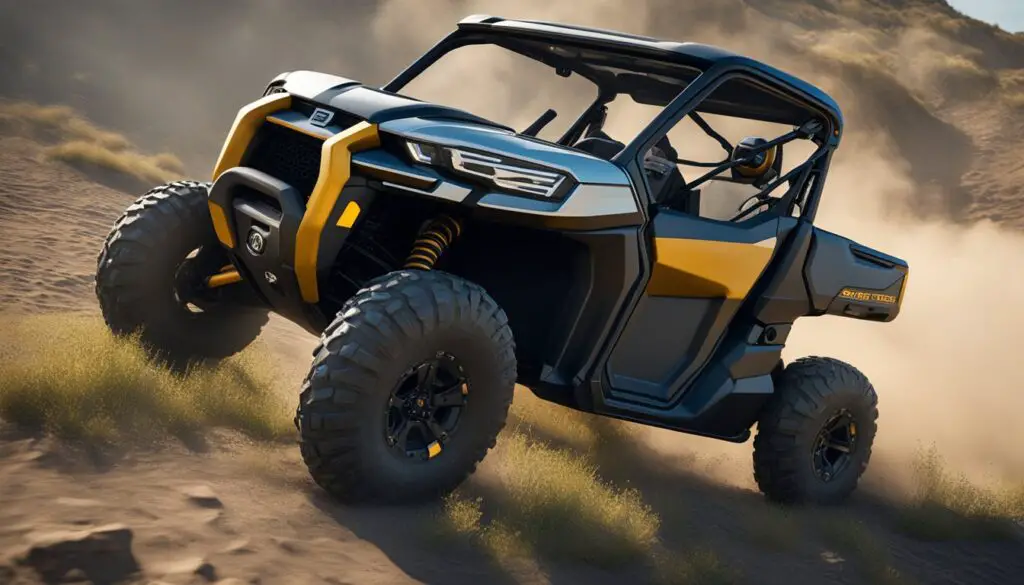
When tackling ignition issues on your Can-Am Defender, it’s essential to recognize how mechanical problems, particularly those related to steering and overheating, can play a significant part in preventing your vehicle from starting up.
Steering and Belt Problems
Your Can-Am Defender’s Dynamic Power Steering (DPS) system and the drive belt are crucial for smooth operation. If you’re experiencing steering problems, it could be a sign of belt slippage or a failing clutch system. Here’s why this matters for ignition:
- Belt Slippage: When the belt that connects the engine to the DPS slips, it can cause the steering to feel heavy. It means your engine works harder, affecting its ability to start.
- Clutch System: A malfunctioning clutch can prevent the engine from turning over properly. Ensuring that your clutch is in good condition will aid in the ignition process.
Overheating and Cooling Fan Failures
Heat management is vital for your vehicle’s operation. Here’s how overheating and cooling fan issues might prevent your Defender’s ignition:
- Overheating: Excessive heat from engine operation can lead to ignition problems. Components expand and may seize, impeding engine turnover.
- Cooling Fan: The cooling fan helps to dissipate heat from the engine. If the fan fails, it increases the risk of overheating, which in turn can cause ignition troubles. Your vehicle’s ability to regulate temperature is directly tied to a smooth ignition experience.
Preventative Maintenance and Care Tips

Preventative maintenance is essential for keeping your Can-Am Defender’s ignition switch in good working order. By conducting routine inspections and ensuring proper cleaning, you can prevent common issues that may require a mechanic’s expertise.
Routine Inspections and Cleaning
Inspect your ignition switch regularly for any signs of wear, rust, or dirt accumulation that can lead to problems. Make sure to:
- Clean the ignition switch area with a soft cloth to remove any dust or debris.
- Check the ignition switch for corrosion and apply a corrosion inhibitor if necessary.
- Ensure the switch moves smoothly without resistance.
Change your UTV’s oil according to the manufacturer’s recommendations. Regular oil changes help maintain engine health, which indirectly influences the electrical systems, including the ignition switch.
When to Consult a Professional Mechanic
If during your routine checks you notice:
- Difficulty in turning the key – This could indicate a deeper issue within the ignition system.
- Starting issues – If the engine doesn’t start or there are delayed starts even after a thorough cleaning, this could be a sign of electrical problems.
In such cases, consult a professional mechanic promptly. Mechanics have specialized diagnostic tools to pinpoint and resolve complex issues that may not be immediately apparent. Remember, early detection by a professional can save you time and prevent costly repairs.
Enhancing Reliability: Aftermarket Solutions and Upgrades
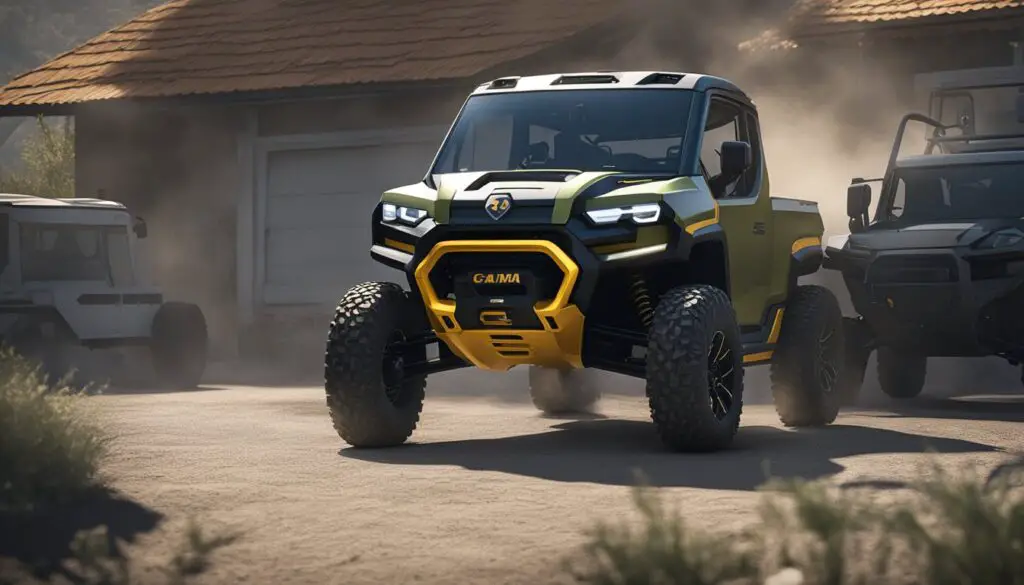
When it comes to ensuring your Can-Am Defender’s reliability, choosing quality aftermarket solutions and making smart upgrades can make all the difference. Let’s look at how to keep your ignition system in top shape.
Choosing Quality Replacement Parts
When you’re faced with ignition switch problems in your Can-Am Defender, selecting high-quality replacement parts is crucial. Always look for part numbers that match OEM specifications. This ensures compatibility and reliability. For example, if your dealer offers part number XYZ123, which matches the OEM part, that’s a relatively safer bet.
- Dealer Advice: Consult with an authorized dealer to get recommendations for the best parts.
- Part Numbers: Cross-reference part numbers to ensure accuracy.
- Dielectric Grease: Use dielectric grease on electrical connections to prevent corrosion and improve conductivity.
Upgrading the Ignition System
Upgrading your ignition system with high-quality aftermarket parts can further enhance the reliability of your Can-Am Defender. Consider these steps for an effective solution to common ignition issues:
- Ignition Switch Upgrade: Replace the standard ignition switch with a higher-grade aftermarket alternative that’s known for durability.
- Waterproofing: Look for ignition components that offer better waterproofing to protect against moisture-related failures.
- Installation: Ensure proper installation by following the manual or getting professional help, as incorrect installation might lead to more issues.
- Effective Solutions: Seek out parts that have positive reviews and a proven track record for solving ignition-related issues.
- Repair: If you’re not comfortable doing repairs yourself, it’s worth getting professional help to avoid more costly damage down the line.
Addressing Environmental Factors Affecting the Ignition
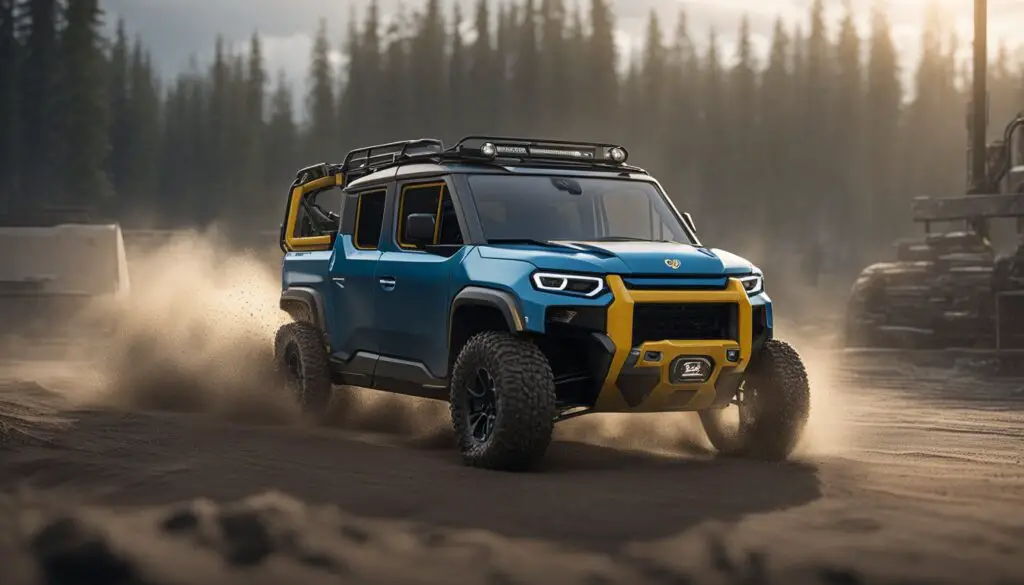
Your Can-Am Defender’s ignition switch is pivotal for a smooth start up, but environmental elements like water and temperature can affect its performance. Ensuring protection and understanding the impact of these factors helps in maintaining your Defender’s reliability.
Protecting Against Water, Dirt, and Debris
Your Defender’s Ignition: Environmental elements can intrude into the ignition system, risking damage and dysfunction. Protecting your ignition switch from water, dirt, and debris is essential to prevent potential electrical failures in your cab.
- Keep it Sealed: Check the seals regularly and replace if they show signs of wear or damage to keep contaminants out.
- Regular Cleaning: Gently clean around the ignition area to prevent dirt buildup, paying attention to not force debris into the switch.
- Airflow Management: Make sure there’s good airflow around the ignition system to keep it dry and reduce the accumulation of contaminants that could cause issues.
Impact of Temperature and Weather Conditions
Weather’s Effect on Electrical Components: Temperature fluctuations and extreme weather conditions can have a direct impact on your ignition system’s performance.
- Thermostat and Coolant: Ensure your thermostat is functioning properly, and coolant levels are adequate to prevent overheating which may affect the ignition switch.
- Kill Switch Check: In adverse weather conditions, check the kill switch for any signs of malfunction, which is often triggered by environmental stress.
- Protection strategies: Utilize protective covers and park in sheltered areas when possible to mitigate the effects of harsh weather on your ignition system.
By keeping these specifics in mind and performing regular maintenance, you’ll be able to minimize environmental impacts on your Can-Am Defender’s ignition switch.
Frequently Asked Questions
If you’re facing issues with your Can-Am Defender’s ignition switch, this section aims to address common questions and provide clear direction for troubleshooting and resolving problems.
What are common symptoms indicating a problem with the Can-Am Defender ignition switch?
If your Defender’s dashboard and front lights function but the engine won’t start, it’s a sign there could be an ignition switch issue. Malfunctioning lights, unexpected blinking lights, and overall electrical unreliability can also indicate a faulty ignition switch.
How do I reset the ignition switch on a Can-Am Defender?
Resetting the ignition switch typically involves disconnecting the battery for a few minutes, then reconnecting it. This reset can help if the electronic components of your Defender need a fresh start to function properly.
What could be the reason my Can-Am Defender won’t start and only clicks?
A clicking sound without engine start-up usually indicates a dead battery or a problem with the starter system. It could also hint at a failed ignition switch not sending the necessary signals to start the engine.
What steps should I follow to troubleshoot an ignition switch issue on a Can-Am Defender?
Begin by ensuring your battery is fully charged and in good condition. Check for loose or corroded connections, then examine the ignition switch wiring against your vehicle’s wiring diagram. Alternatively, consulting a professional may be the safest option.
Which years of Can-Am Defender are known to have ignition switch problems?
Specific years with prevalent ignition switch problems are not typically disclosed. However, user reports suggest electrical issues are common and could affect any model year. Regular maintenance is essential to prevent or identify issues early.
How is the ignition switch replaced on a Can-Am Defender?
To replace the ignition switch, you’ll need to access the switch assembly, often located under the dash or the steering column. Remove the old switch and install the new one, ensuring all wires are connected as per the vehicle’s wiring diagram. Test the new switch before reassembling any removed panels.

Leave a Reply